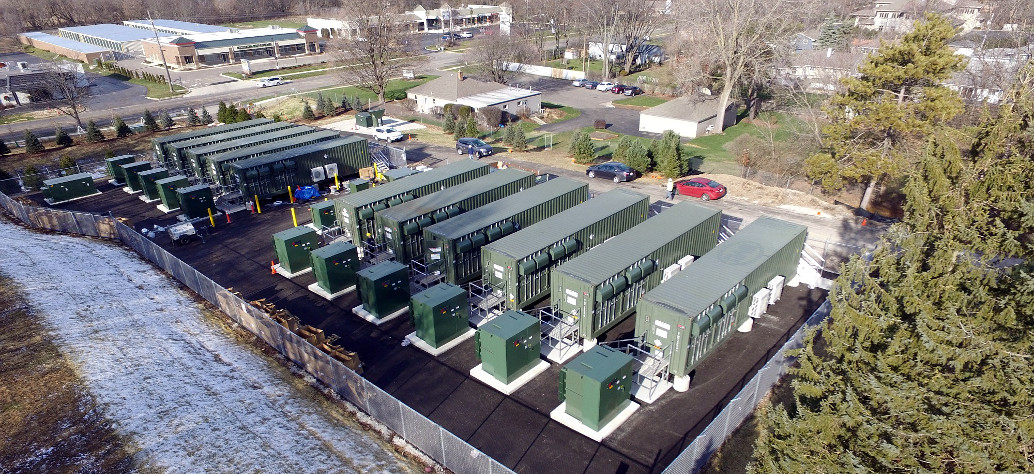As of April 2017, the United States had slightly more than 24 GW of energy storage installed, according to the Center for Sustainable Systems at the University of Michigan.
Well, if a new study is correct, the United States will install more than double that in the next decade.
The study, done by The Brattle Group and titled Getting to 50 GW? The Role of FERC Order 841, RTOs, States and Utilities in Unlocking Storage’s Potential, says FERC’s latest ruling on energy storage issued eight days ago could unleash the potential of the energy storage market in the United States to install 50 GW of storage within the next 10 years.
At least half of the total value of this expansion would come from wholesale electricity markets. The rest would be located on the distribution grid and at the customer level, according to the report. But the FERC order alone won’t be able to spur the growth – it will need help from state regulators. Combined, FERC and state-level initiatives designed to capture all value streams could increase the market three to five times over wholesale market values alone.
Though the report is bullish on the future of energy storage in the United States, it notes that the resource is not without its own challenges on the economic, regulatory and market fronts. The study says the following questions still need to be answered:
- How much further will costs decrease?
- How do we operate storage resources to provide environmental value?
- To what extent can storage reduce the inefficiencies of cycling traditional generating plants?
- How can storage provide value to retail customers while simultaneously participating in wholesale power markets and avoiding double counting of the same benefits?
- What is the best blend of competitive and regulated storage applications?
- How should storage be considered in state and utility resource planning efforts?
“There are important, but narrow, applications in which storage is already cost effective today,” said Judy Chang, a Brattle principal and co-author of the study. “We are not quite there yet, but as costs decline further, storage will be transformative for the power industry. Across various jurisdictions, project developers, utilities, and policymakers are engaging in regulatory processes to address the puzzle of how to best integrate storage resources where they can effectively and efficiently improve the functions of the power grid.”
This content is protected by copyright and may not be reused. If you want to cooperate with us and would like to reuse some of our content, please contact: editors@pv-magazine.com.








By submitting this form you agree to pv magazine using your data for the purposes of publishing your comment.
Your personal data will only be disclosed or otherwise transmitted to third parties for the purposes of spam filtering or if this is necessary for technical maintenance of the website. Any other transfer to third parties will not take place unless this is justified on the basis of applicable data protection regulations or if pv magazine is legally obliged to do so.
You may revoke this consent at any time with effect for the future, in which case your personal data will be deleted immediately. Otherwise, your data will be deleted if pv magazine has processed your request or the purpose of data storage is fulfilled.
Further information on data privacy can be found in our Data Protection Policy.